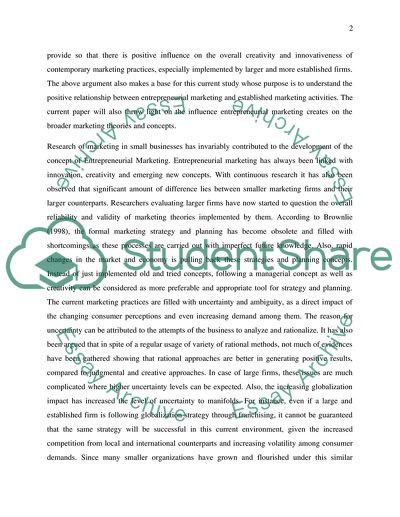Cite this document
(Entrepreneurship in Marketing Assignment Example | Topics and Well Written Essays - 4000 words, n.d.)
Entrepreneurship in Marketing Assignment Example | Topics and Well Written Essays - 4000 words. Retrieved from https://studentshare.org/marketing/1809987-assignment-entrepreneurial-marketing
Entrepreneurship in Marketing Assignment Example | Topics and Well Written Essays - 4000 words. Retrieved from https://studentshare.org/marketing/1809987-assignment-entrepreneurial-marketing
(Entrepreneurship in Marketing Assignment Example | Topics and Well Written Essays - 4000 Words)
Entrepreneurship in Marketing Assignment Example | Topics and Well Written Essays - 4000 Words. https://studentshare.org/marketing/1809987-assignment-entrepreneurial-marketing.
Entrepreneurship in Marketing Assignment Example | Topics and Well Written Essays - 4000 Words. https://studentshare.org/marketing/1809987-assignment-entrepreneurial-marketing.
“Entrepreneurship in Marketing Assignment Example | Topics and Well Written Essays - 4000 Words”, n.d. https://studentshare.org/marketing/1809987-assignment-entrepreneurial-marketing.


